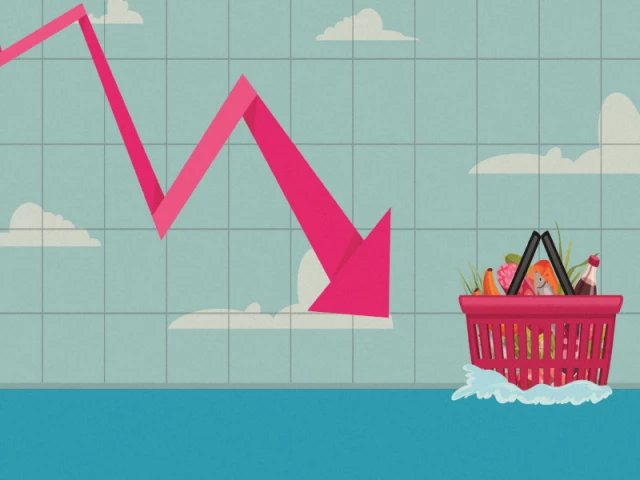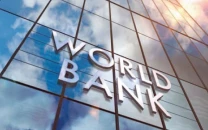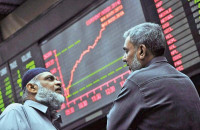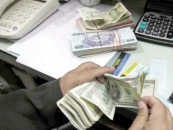Inflation falls to 3% but risks loom
Hits 2-month low on cheaper food items; price dip masks impending supply shocks

Inflation eased to 3% in August on the back of a sharp decline in perishable food prices, which dropped by nearly one-fourth compared to a year ago. However, this relief may be temporary due to the impact of floods that have inundated Pakistan's grain-producing regions.
The Pakistan Bureau of Statistics (PBS) reported on Monday that the inflation rate was the lowest in the past two months, mainly due to lower food prices across rural and urban areas.
The 3% reading beat the Ministry of Finance's own projections by a wide margin. Only last week, the ministry predicted in its monthly outlook that inflation would "remain within the range of 4% and 5% in August". It also warned that flood-related damages may add to fiscal pressures and disrupt food supplies.
The inflation bulletin was released two weeks before the Monetary Policy Committee (MPC)'s next meeting in which it will set interest rates for the months ahead. The State Bank of Pakistan (SBP) has kept the policy rate unchanged at 11%, far above the headline inflation rate. This stance is solely in benefit of commercial banks while businesses and the federal government continue to bear the burden, with nearly half of the national budget consumed by interest payments.
Tax collection figures for August also point towards a slowing economy. The Federal Board of Revenue (FBR) recorded Rs1.66 trillion in revenues, reflecting 15% growth but missing the two-month target by Rs40 billion. One factor behind the shortfall was a decline in tax recovery through electricity bills, suggesting that both industries and households are increasingly moving away from the national grid.
The prevailing economic conditions, coupled with the devastation caused by the floods, have left the central bank with little choice but to cut interest rates to single digits at its next meeting.
Still, last week SBP Executive Director Amin Lodhi told a parliamentary panel that meeting the annual inflation target of 7% is contingent upon maintaining the rate at 11%. Lowering it, he warned, would risk pushing inflation higher.
Lodhi noted that inflation could gradually rise and even temporarily breach the 7% ceiling due to the fading base effect and flood-related disruptions. However, he added that projections show inflation slipping back to the 5%7% range and remaining stable over the medium term.
Lodhi said that the central bank has already factored in the impact of higher gas tariffs introduced in July, as well as another increase expected in February, in its inflation forecasts.
The central bank is keeping the interest rates far higher than the prevailing inflation rates despite projecting that the economic growth target of 4.2% would again be missed in this fiscal year, too. It was said last week that the economic growth rate may remain around 3.25% as against the government's target of 4.2%. The average growth in the past decade was hardly 3.4% due to boom-and-bust cycles, causing high poverty and high unemployment.
With the fresh inflation rate, the gap between headline inflation and the key policy rate of the SBP remained at 7%. For the new fiscal year, the government has approved a 7.5% inflation target, which still provides further room to reduce the interest rates.
Core inflation, calculated after excluding energy and food items, has also slowed down to 6.9% in cities and 7.8% in rural areas, said the PBS. Non-food inflation remained stable in urban areas but eased to 5.2% in rural areas, according to the PBS.
Urban annual inflation decelerated to 3.4% due to a reduction in prices of perishable food items and eased to 2.4% in the rural areas last month for the same reason.
The PBS reports inflation data from 35 cities and covers 356 consumer items. In rural areas, it covers 27 centres and 244 consumer items. The PBS data showed that food price inflation slowed down to 2.2% in cities and 1.5% in rural areas due to a slump in the prices of perishable food items.
Sugar prices still remain a major concern for the government due to its earlier decision to allow the export of 765,000 metric tons. The PBS reported on Monday that, on an annual basis, sugar prices were higher by 26% in rural areas.




















COMMENTS
Comments are moderated and generally will be posted if they are on-topic and not abusive.
For more information, please see our Comments FAQ